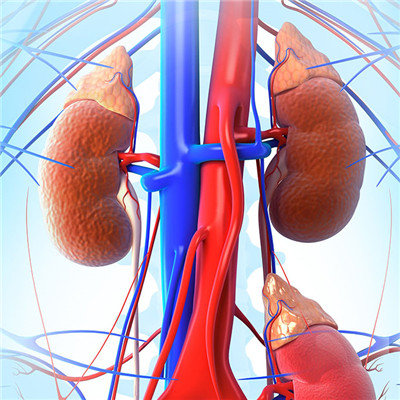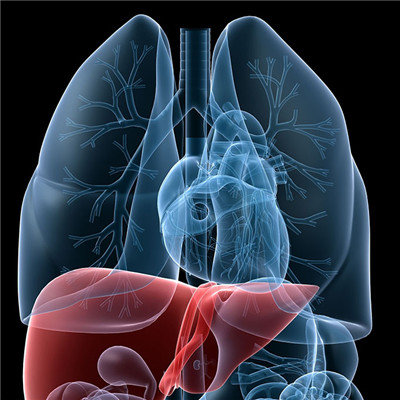Symptoms of neonatal intracranial birth injury
summary
Neonatal intracerebral hemorrhage is a common serious disease in neonatal period, mainly manifested as subdural hemorrhage, cerebral parenchymal hemorrhage, cerebellar hemorrhage and mixed hemorrhage. Neonatal intracranial hemorrhage can be divided into hypoxic hemorrhage and birth injury hemorrhage. Hypoxic hemorrhage is more common in preterm infants, and intrapartum hemorrhage is more common in term infants and newborns with abnormal delivery. Tell us about the symptoms of neonatal intracranial birth injury.
Symptoms of neonatal intracranial birth injury
1. Early performance: more excited state, such as restlessness, crying and screaming, vomiting, milk refusal, spasm, muscle tension enhancement, jaw tremor, two eyes in a daze.

2. Late manifestations: drowsiness, coma, pale complexion, paroxysmal cyanosis, decreased muscle tone of limbs, slow and irregular breathing, weak heart sound, plump anterior chimney, gaze, nystagmus, and finally death due to repeated spasm or bleeding oppressing the life center of medulla oblongata.

3. Treatment: ① sedative. Such as phenobarbital, chloral hydrate, diazepam, etc. ② Hemostatic drugs. Zhizhimin can enhance the capillary basement membrane and platelet aggregation to reduce capillary bleeding. It is a kind of hemostatic agent of capillary stabilizer. ③ Vitamin E. It can protect endothelial cell membrane to reduce the severity of bleeding. ① Hormone drugs. For example, adrenal glucocorticoid is helpful to the recovery of nervous system function. ⑤ Fresh blood can be transfused to supplement coagulation factors. ⑥ Dehydrating agent. Mannitol was infused intravenously to reduce intracranial pressure.

matters needing attention
① First of all, children and the surrounding environment should be kept absolutely quiet. Nursing, treatment should be concentrated, to the bedside for all operations, the operation should be light, as far as possible to move children. ② Body position. Intracranial hemorrhage caused by birth injury and hypoxia is prone to brain edema, so we should raise the head of the bed to reduce its edema, make the child lie on the right side, and prevent saliva inhalation airway suffocation. Some children with intracranial hemorrhage accompanied by hematoma should pay attention to change the body position to avoid head crush.

















